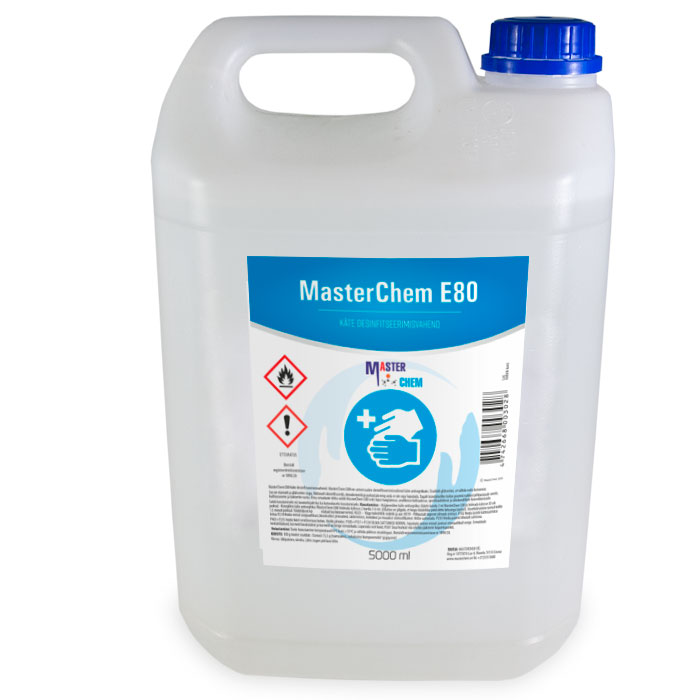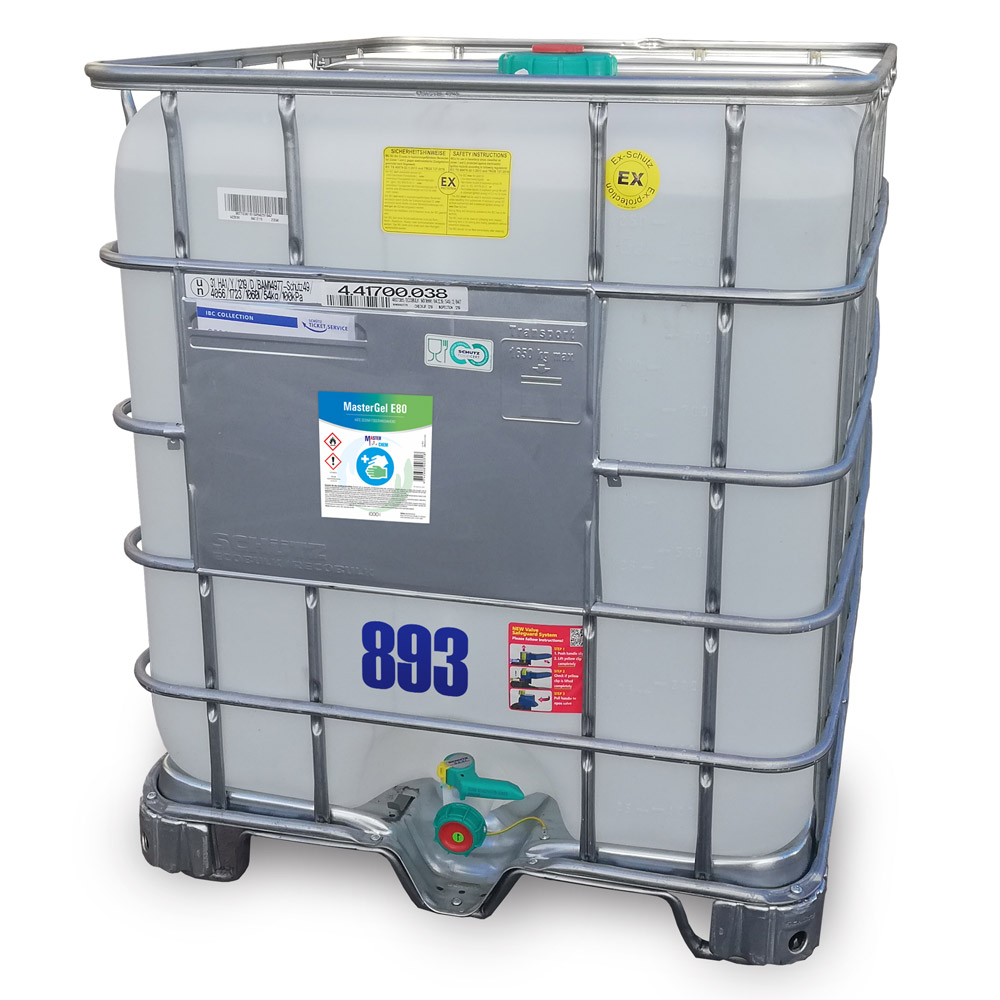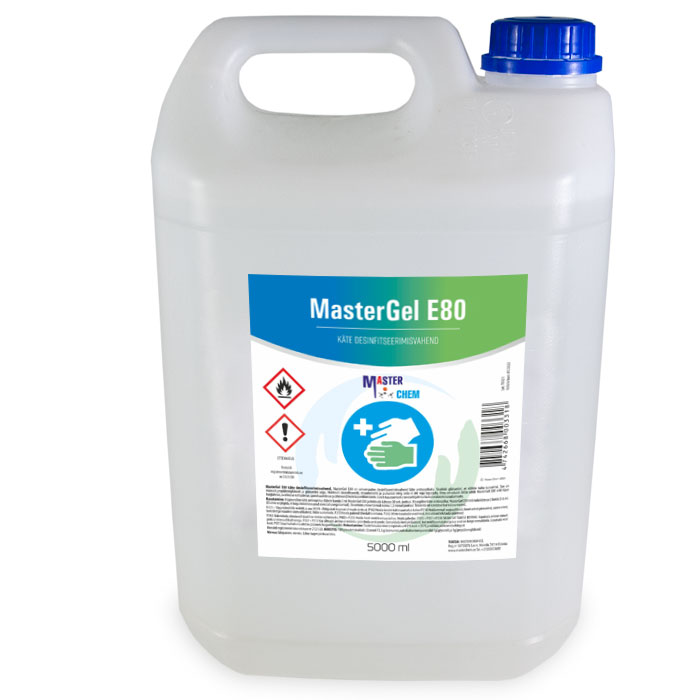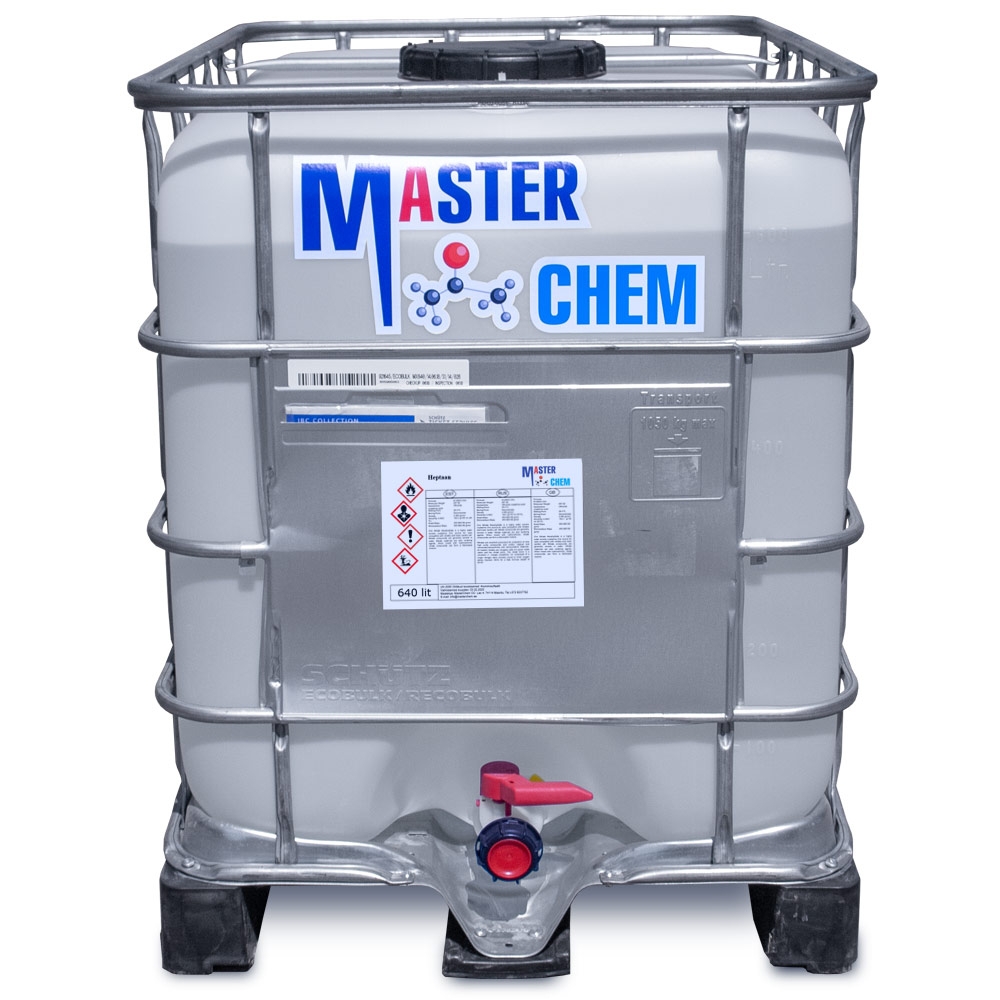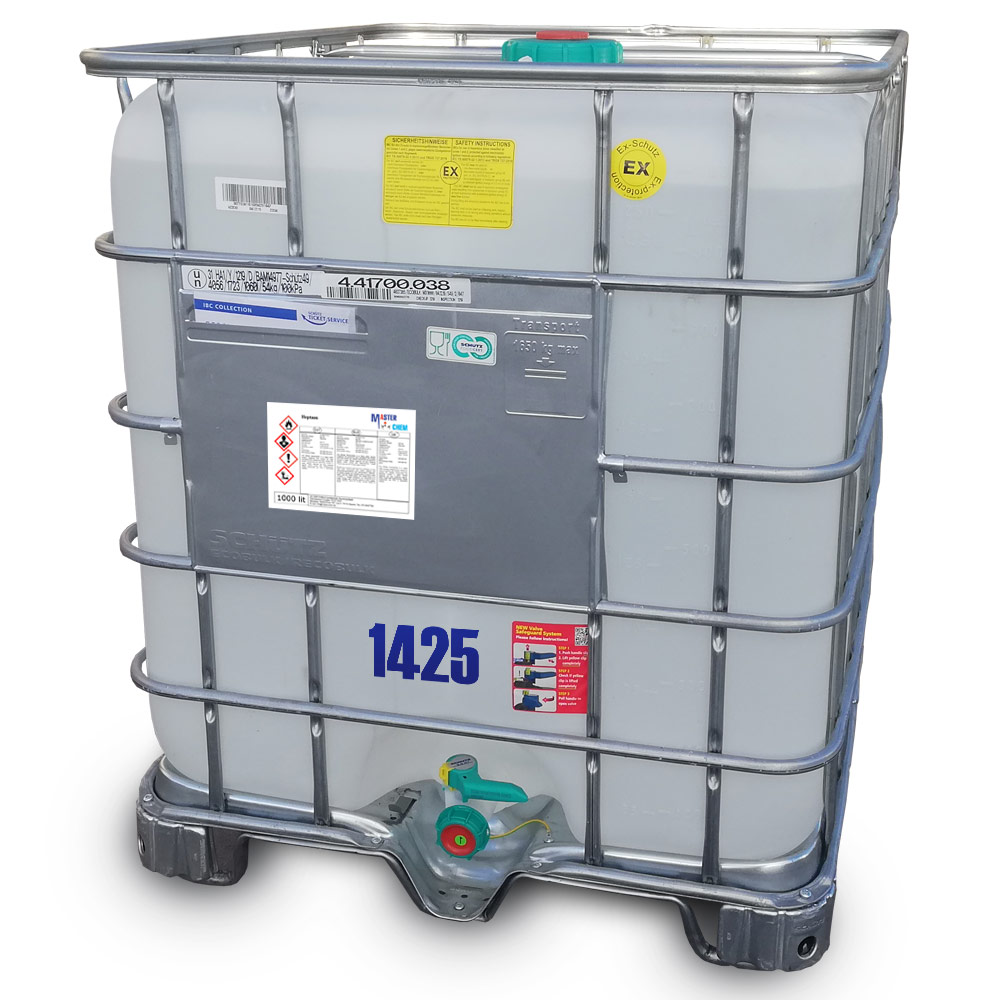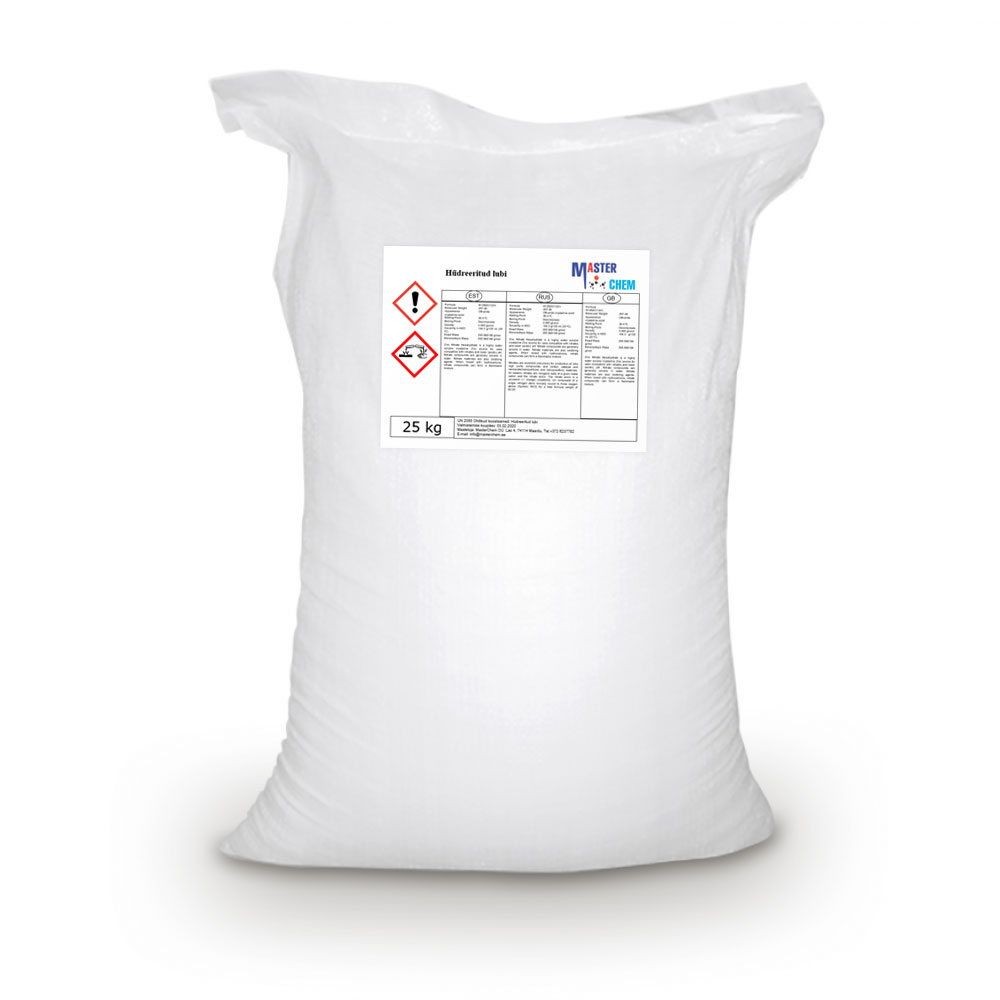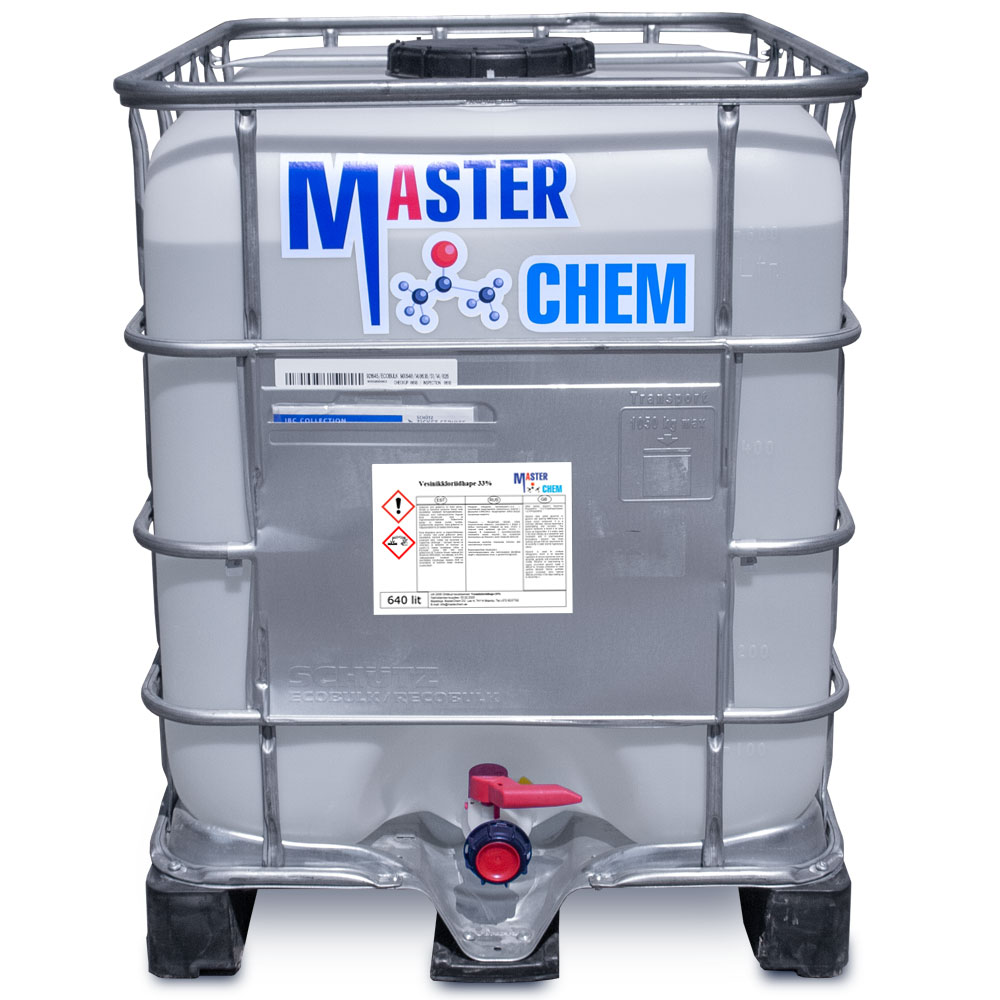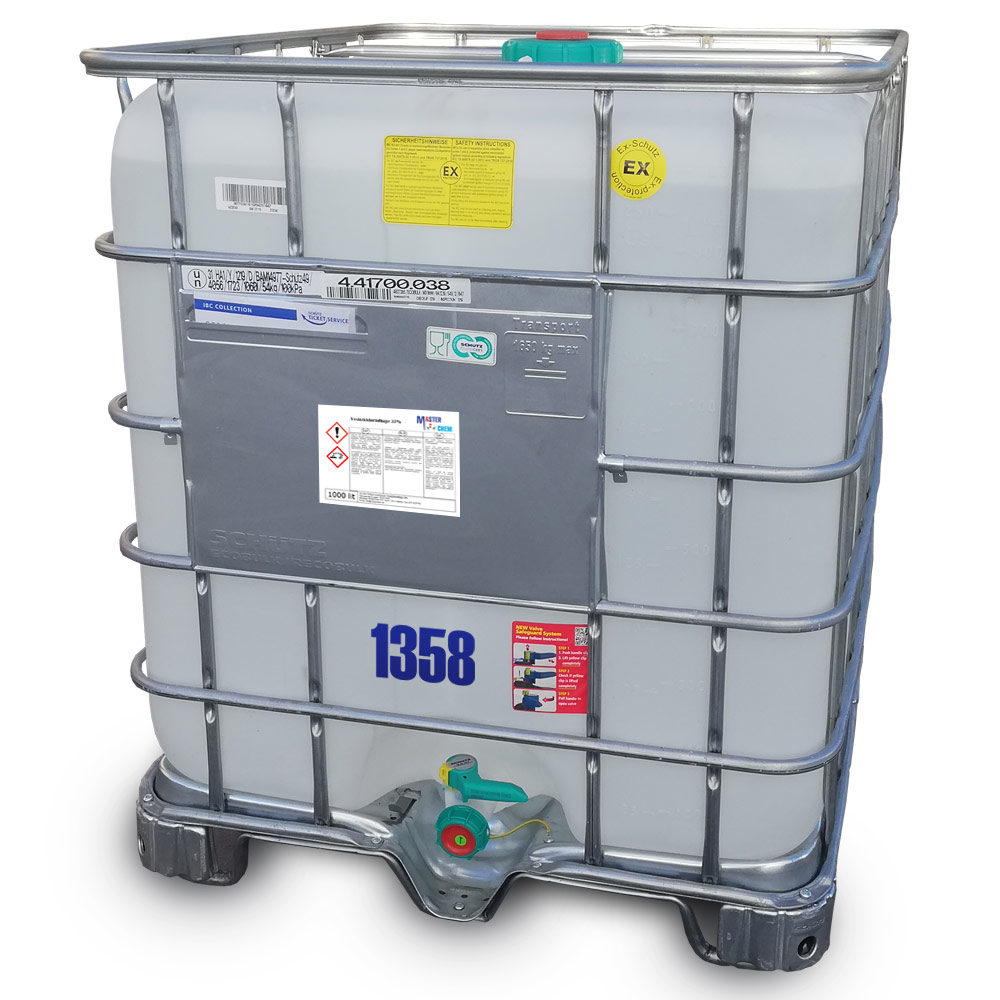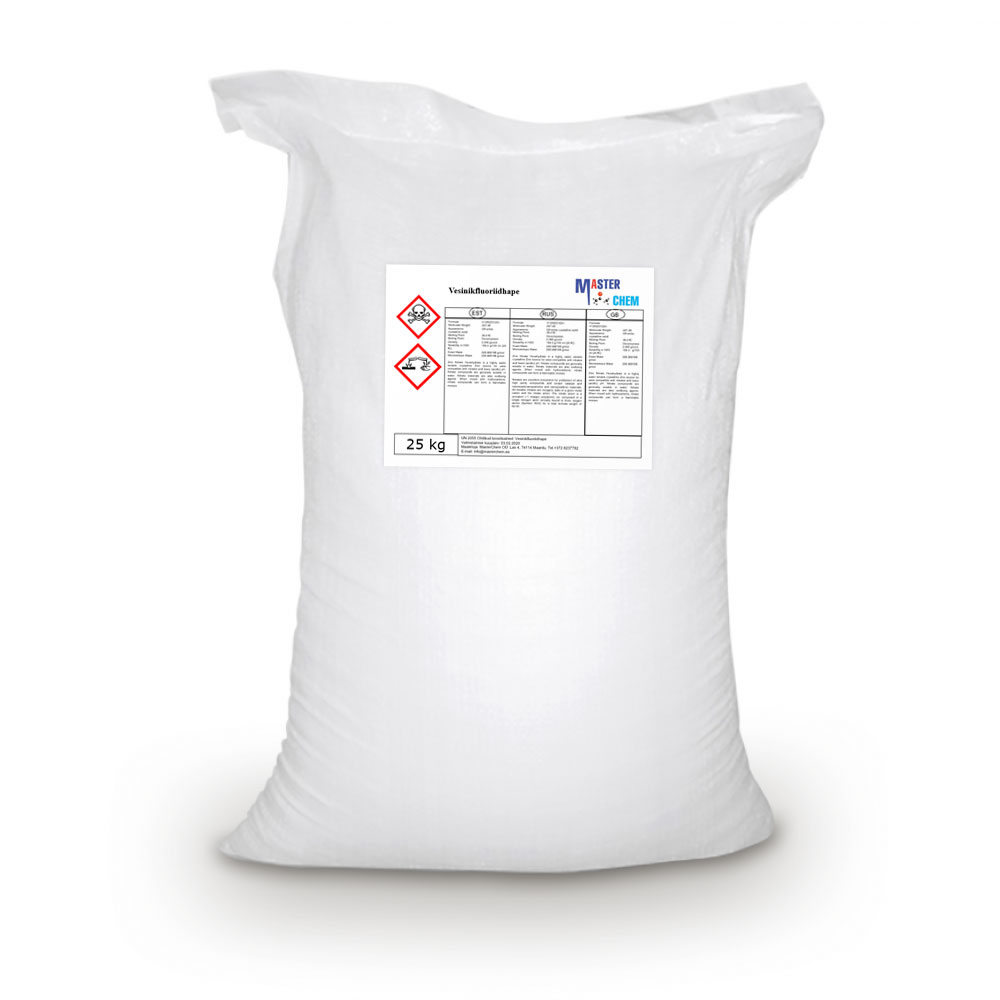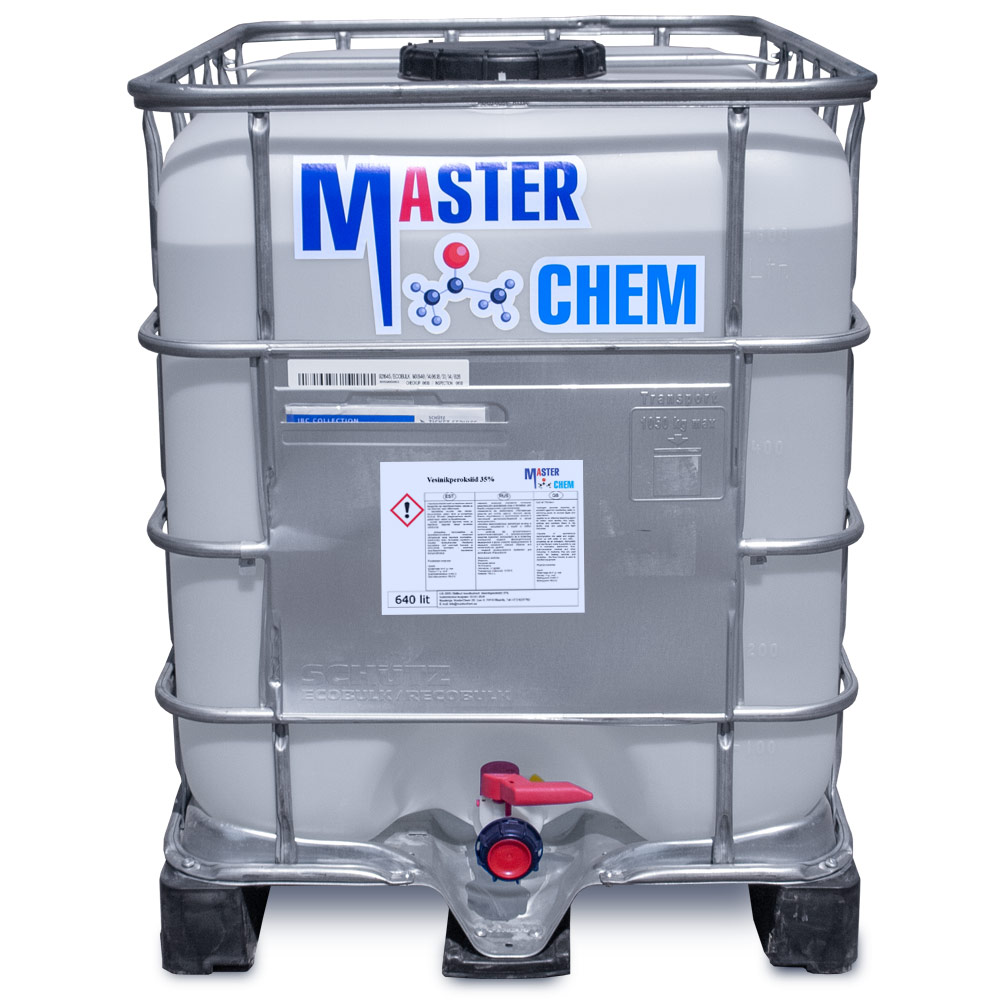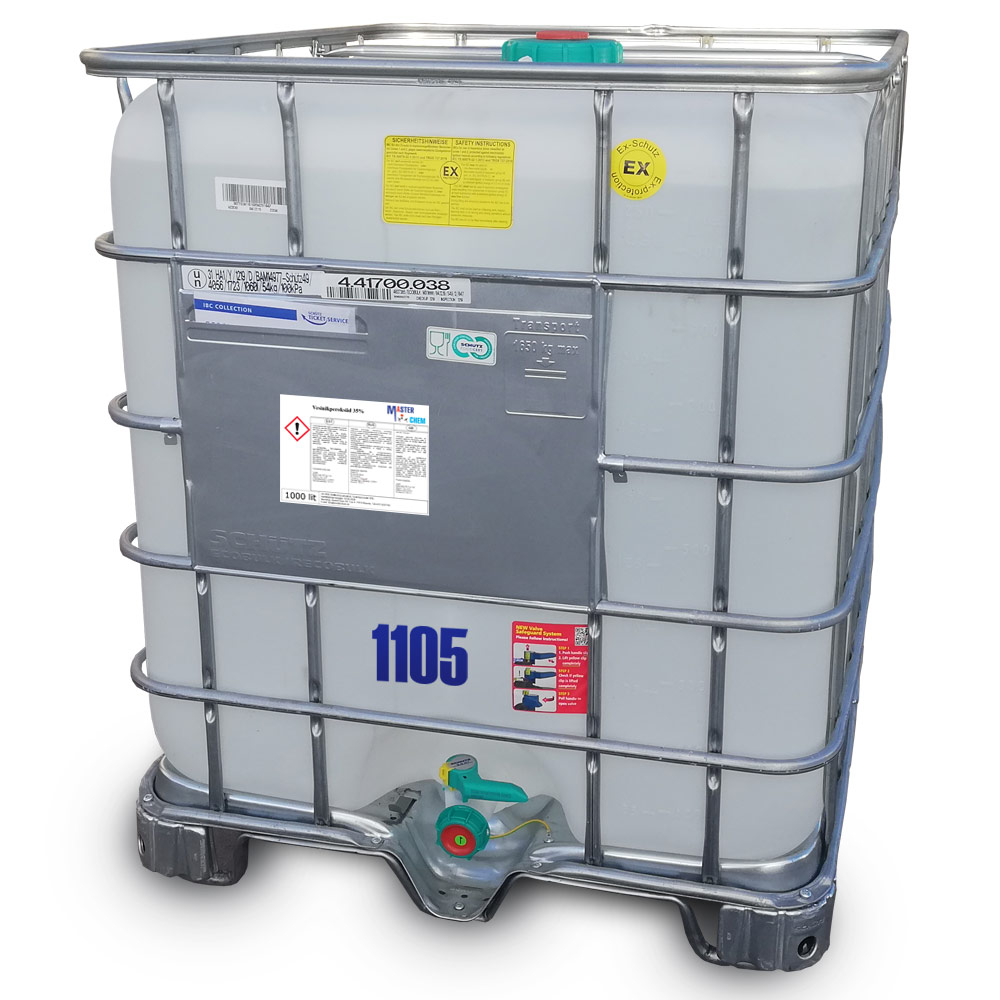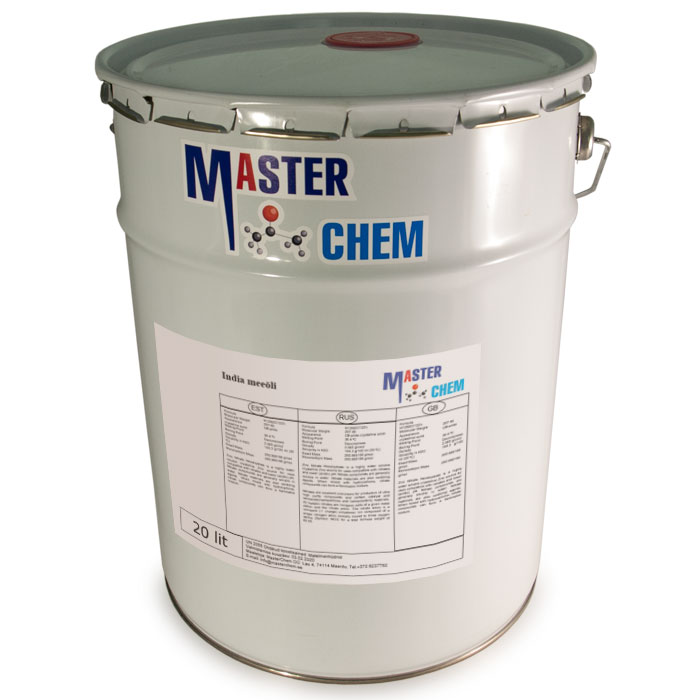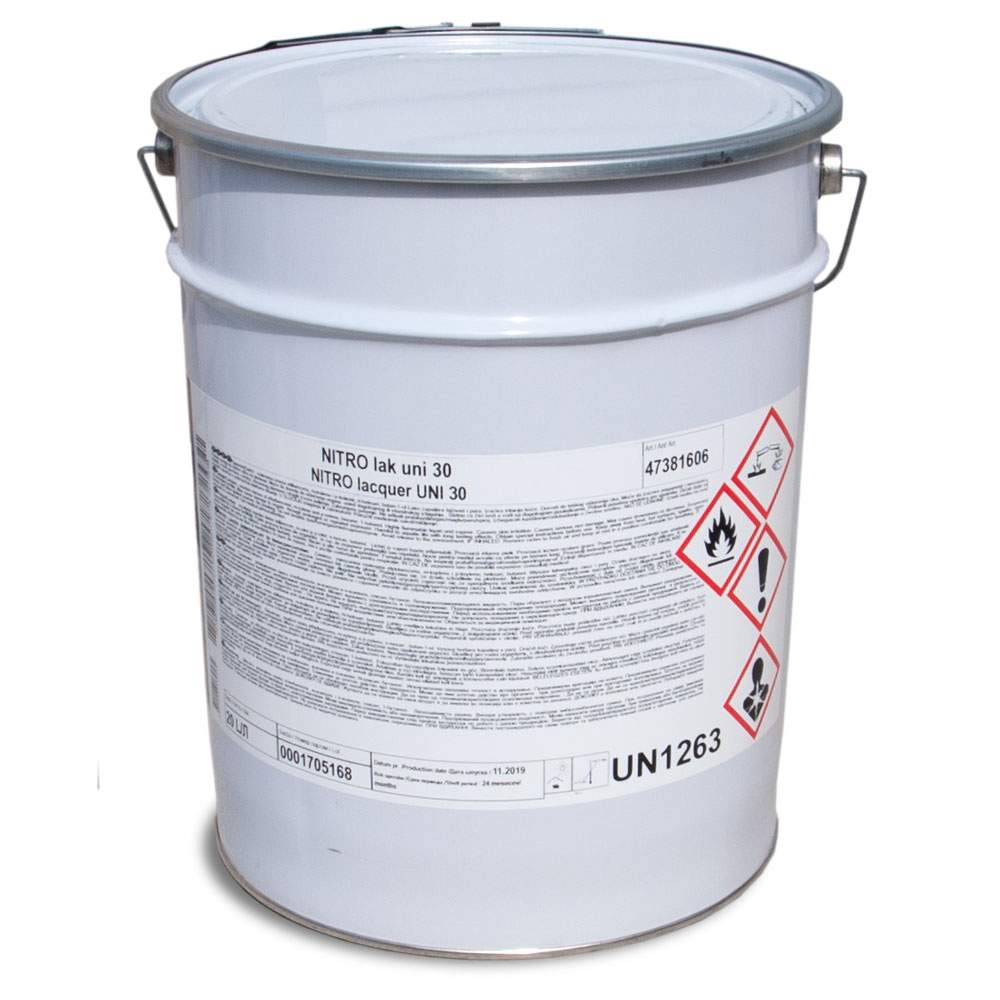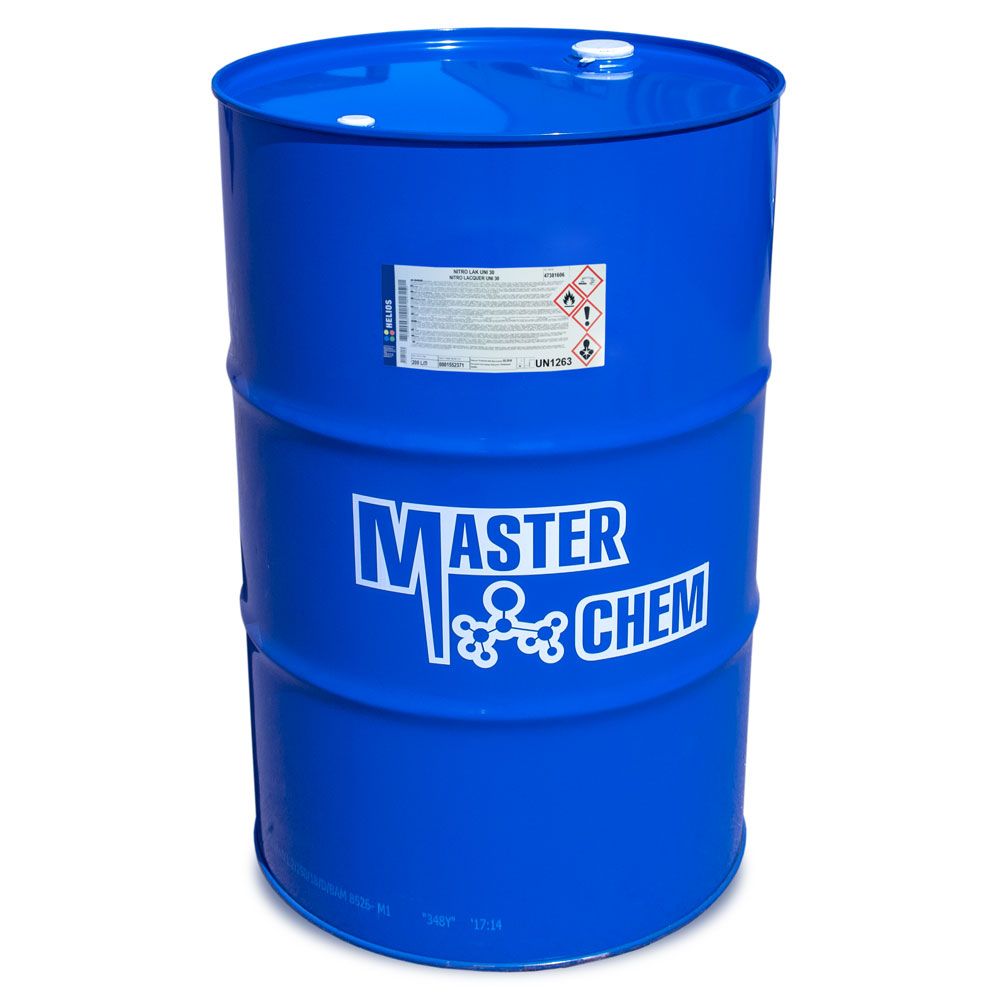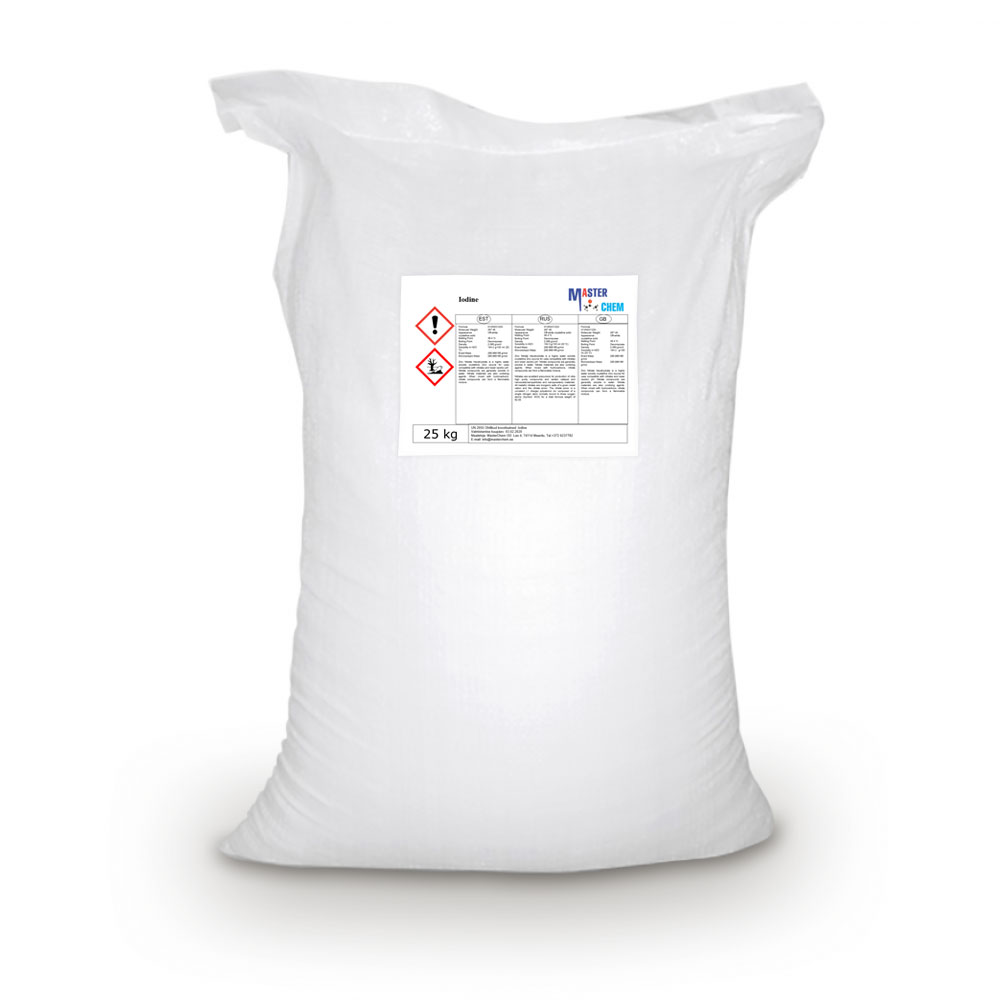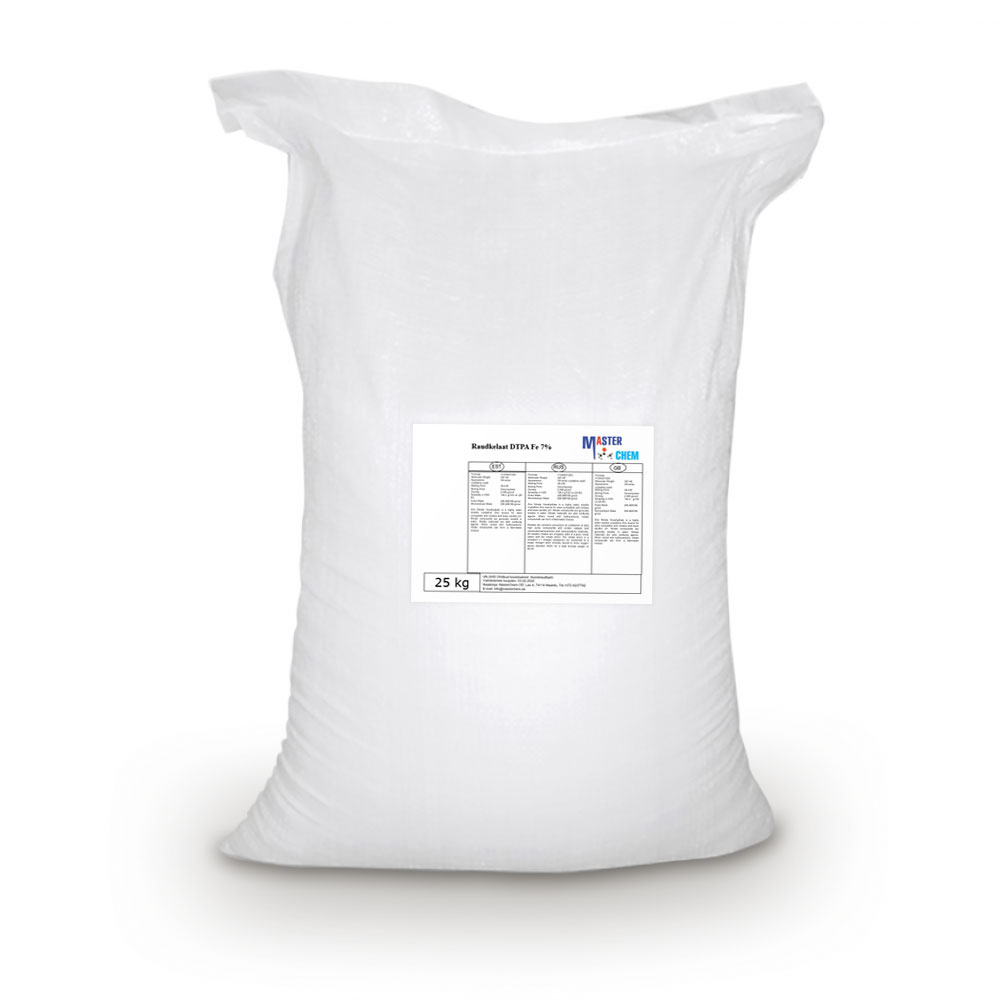Currently Empty: €0.00
Hand sanitizer MasterChem E80 5L
Gel for the same price
MasterChem E80 is a universal hand sanitizer. Contains glycerin to prevent dry skin. It is a mixture of ethanol and glycerin.
Actively disinfects, deodorizes and cleans, does not require rinsing.
Provides comprehensive protection against major infections, fungi and bacteria.
Due to its properties, MasterChem E80 is especially suitable for hospitals, public spaces, gyms and social gatherings. Suitable for both household and professional use.

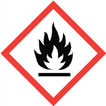
Hand sanitizer MasterGel E80
MasterGel E80 is a universal hand sanitizer. Contains glycerin to prevent dry skin. It is a mixture of ethanol, glycerin and propylene glycol.
Actively disinfects, deodorizes and cleans and does not need to be rinsed.
Due to its properties, MasterGel E80 is especially suitable for hospitals, public spaces, gyms and social gatherings. Suitable for both household and professional use.
Using:
• Hygienic hand antiseptic:
Apply 3 ml of MasterChem E80 to hands and massage into hands for 30 seconds.
• Surgical hand antiseptic:
Rub MasterChem E80 into hands 2 times, 3-6 ml each. (It is important to make sure that the entire surface to be treated is covered with the solution). Rubbing takes 1.5 minutes. Work both hands and forearms.
Use biocide safely! Be sure to read the attached information before use!
Certificate of registration of biocidal product No. 2121/20
Heptane (CAS 142-82-5)
Heptane (CAS 142-82-5)
Heptane or n-heptane is the straight-chain alkane with the chemical formula H3C(CH2)5CH3 or C7H16, and is one of the main components of gasoline (petrol). When used as a test fuel component in anti-knock test engines, a 100% heptane fuel is the zero point of the octane rating scale (the 100 point is 100% iso-octane). Octane number equates to the anti-knock qualities of a comparison mixture of heptane and isooctane which is expressed as the percentage of isooctane in heptane and is listed on pumps for gasoline (petrol) dispensed globally.
Hydrated lime (CAS 1305-62-0)
Hydrated lime (CAS 1305-62-0)
Calcium hydroxide (traditionally called slaked lime) is an inorganic compound with the chemical formula Ca(OH)2. It is a colorless crystal or white powder and is produced when quicklime (calcium oxide) is mixed or slaked with water. It has many names including hydrated lime, caustic lime, builders’ lime, slaked lime, cal, and pickling lime. Calcium hydroxide is used in many applications, including food preparation, where it has been identified as E number E526. Limewater, also called milk of lime, is the common name for a saturated solution of calcium hydroxide.
Hydrochloric Acid 33%, 37% (CAS 7647-01-0)
Hydrochloric Acid 33%, 37% (CAS 7647-01-0)
Hydrochloric acid, also known as muriatic acid, is an aqueous solution of hydrogen chloride. It is a colorless solution with a distinctive pungent smell. It is classified as a strong acid. It is a component of the gastric acid in the digestive systems of most animal species, including humans. Hydrochloric acid is an important laboratory reagent and industrial chemical.
Physical properties of hydrochloric acid, such as boiling and melting points, density, and pH, depend on the concentration or molarity of HCl in the aqueous solution. They range from those of water at very low concentrations approaching 0% HCl to values for fuming hydrochloric acid at over 40% HCl.
Hydrochloric acid as the binary (two-component) mixture of HCl and H2O has a constant-boiling azeotrope at 20.2% HCl and 108.6 °C (227 °F). There are four constant-crystallization eutectic points for hydrochloric acid, between the crystal form of [H3O]Cl (68% HCl), [H5O2]Cl (51% HCl), [H7O3]Cl (41% HCl), [H3O]Cl·5H2O (25% HCl), and ice (0% HCl). There is also a metastable eutectic point at 24.8% between ice and the [H7O3]Cl crystallization. They are all Hydronium salts.
Hydrofluoric acid (CAS 7664-39-3)
Hydrofluoric acid (CAS 7664-39-3)
Hydrofluoric acid is a solution of hydrogen fluoride (HF) in water. Solutions of HF are colourless, acidic and highly corrosive. It is used to make most fluorine-containing compounds; examples include the commonly used pharmaceutical antidepressant medication fluoxetine (Prozac) and the material PTFE (Teflon). Elemental fluorine is produced from it. It is commonly used to etch glass and silicon wafers.
Indian honey oil
Indian honey oil
Natural, unrefined, cosmetic, organic cold-pressed neem tree seed oil. It contains significant amounts of essential fatty acids and vitamins C and E.
Due to its antibacterial and soothing properties, it is often used for eczema, psoriasis, dandruff and inflammation.
Regulates the work of the sebaceous glands, reduces the amount of sebum secreted, relieves acne.
Industrial Nitro Lacquer Univeral
Definition and application field
NITRO LACQUER UNIVERSAL is a clear coating,for protecting and decorating room furniture and enterior elements (massive and veneer) which are not exposed to significant mechanical and chemical influences. Can be use like base and finish coating.
This product is based on nitrocellulose, alkyd resins and organic solvents, with the addition of funds for grinding and other special additives
Industrial Polyurethane Lacquer Univeral
Two-component polyurethane-based coating
PURPOSE
• It is used as a primer and finish coating in the protective system of paintwork:
• – veneered furniture
• – solid furniture
• – chairs and items of haberdashery
• It is used as a finishing or universal varnish, ie priming and finishing coat with intermediate grinding.
Iodine (CAS 7553-56-2)
Iodine (CAS 7553-56-2)
Iodine is a chemical element with the symbol I and atomic number 53. The heaviest of the stable halogens, it exists as a semi-lustrous, non-metallic solid at standard conditions that melts to form a deep violet liquid at 114 degrees Celsius, and boils to a violet gas at 184 degrees Celsius. The element was discovered by the French chemist Bernard Courtois in 1811, and was named two years later by Joseph Louis Gay-Lussac, after the Greek ἰώδης “violet-coloured”.
Iodine occurs in many oxidation states, including iodide (I−), iodate (IO−
3), and the various periodate anions. It is the least abundant of the stable halogens, being the sixty-first most abundant element. It is the heaviest essential mineral nutrient. Iodine is essential in the synthesis of thyroid hormones. Iodine deficiency affects about two billion people and is the leading preventable cause of intellectual disabilities.
The dominant producers of iodine today are Chile and Japan. Iodine and its compounds are primarily used in nutrition. Due to its high atomic number and ease of attachment to organic compounds, it has also found favour as a non-toxic radiocontrast material. Because of the specificity of its uptake by the human body, radioactive isotopes of iodine can also be used to treat thyroid cancer. Iodine is also used as a catalyst in the industrial production of acetic acid and some polymers.
Iron chelate DTPA Fe 7% (CAS 85959-68-8)
Iron chelate DTPA Fe 7% (CAS 85959-68-8)
Iron chelate DTPA Fe 7% is an iron chelate, which can be used to ensure the intake of the trace element iron. Iron is essential to the crop, since it gives the crop the possibility to develop chloroplasts. These presence of the chloroplasts is crucial, because they are needed in the process of photosynthesis. In addition, iron serves as a nutrient that lets the growth points in the root develop properly.
Thanks to the DTPA chelate, to which he iron is bound, the nutrient remains available to the crop when it reaches the roots or when it is put in the fertilizer solution. With the help of iron chelates, symptoms of deficiency can be prevented, contributing to an optimal growth of the plant.

